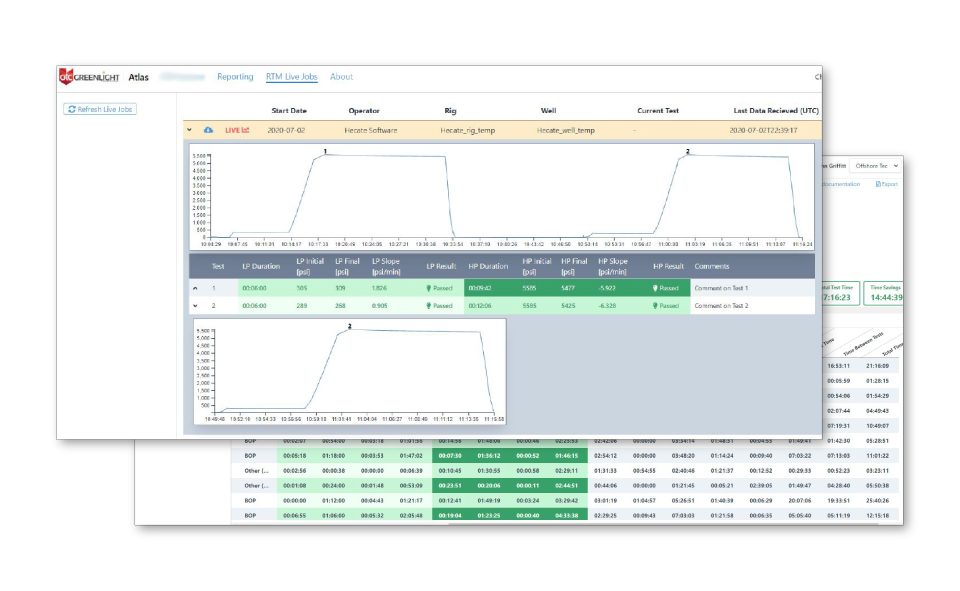- Have any questions?
- +985-727-7400
Getting to grips with PBRI

Questions for Rig Acceptance
June 19, 2018
Cultivating an Inspector’s Perspective
March 1, 2019
By Mike Bethea, CEO, OTC Solutions
What is PBRI?
The Bureau of Safety and Environmental Enforcement (BSEE) now uses Performance Based Risk Inspection (PBRI) in their efforts to reduce the likelihood of adverse events and compliance issues across the Gulf of Mexico (GOM). The criteria utilized to prioritize facilities targeted for PBRI in the GOM included Production Volumes, Age, Number of Personnel and INC History.
Earlier this year, the Office of Safety Management (OSM) reviewed the latest compliance and incident data (from 2016 and 2017) to identify incident trends across the Gulf. They found 178 crane incidents were reported to BSEE by 30 different operators, highlighting a potential risk associated with cranes and lifting safety. The Agency also issued 103 crane-related incidents of non-compliance (INCs) during the same timeframe.
The review of this data led BSEE to conduct its first PBRI blitz focused on Cranes and Lifting Devices. The PBRI, which was a joint exercise between BSEE and the United States Coast Guard, included 30 production platforms and 10 well operations in the GOM, which were operated by 14 operators. As a result of the findings, BSEE highlighted several concerns, all of which are significant and worthy of review. You can read the full list here.
OTC’s perspective on PBRIs
At OTC, we believe the introduction of PBRIs is a smart approach by BSEE. It allows them to directly focus inspection on key areas of concern and to delve deeper than is possible in ordinary inspections. The findings released and subsequent Safety Alerts point to an overall concern that operators must address. This first inspection blitz focused on cranes and lifting devices and OTC expects to see follow-up inspections in the same area. So, at a minimum, operators should inspect and evaluate the condition and compliance of every crane and lifting device in service. OTC inspectors can certainly help with this process.
It stands to reason that Operators are now wondering where future PBRI will focus. Perhaps a better approach than focusing on where BSEE will focus would be to review your own data to identify risk. All Operators collect compliance data. The key to improving safety and compliance is managing that data.
OTC has done some groundwork on this and identified areas of risk based on our own inspection findings in the GOM, so we can guide operators on potential areas of concern. We certainly don’t know where BSEE will focus in the future, but we can help operators review their own internal data combined with our inspection data over the past 10 years and recommend embarking on internal PBRI independent of BSEE.
BSSE took the lead on assessing the INC data and determining where to look and what to look at. That leadership should result in operators doing the same, and to be fair, some may do this already. However, not everyone has the resources to manage compliance data and assess for risk in this manner. OTC stands ready to assist Operators with internal PBRI, from data review and management to field inspection and reporting. Call us at today on (985) 727-7400 to find out more about how we can help you with your own PBRI.

